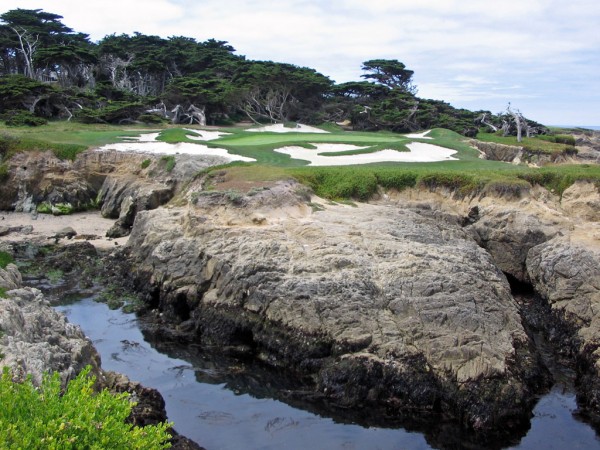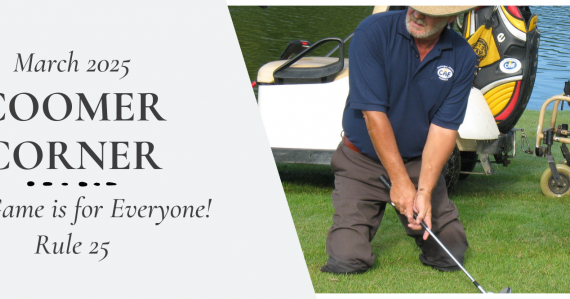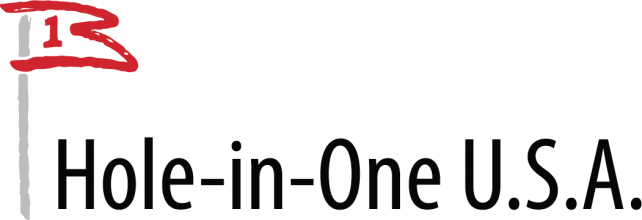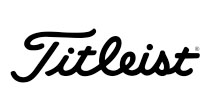
News
Coomer Corner - Drive for Show, Putt for Dough!

Drive For Show, Putt For Dough!
(Rules for the Game of Golf)
The deeper you dig into golf’s illustrious history, the more head scratching seems to occur. In researching facts involving the next rule in our study, Rule 13 – Putting Green, an interesting phrase was discovered online in ruleshistory.com. The term, “table-land,” is presented as a former identifier of the putting green. Along with “hole-green” these two terms show up in descriptions and rules references from the 18th and 19th centuries. Most definitions include a maximum distance of 15 to 20 yards from the hole to where the putting green would start. It wasn’t until 1952 that the R&A finally defined the area as specially prepared for putting. Talk about needing some aim point skills back then! By the way, the hole has been the same size since it was first standardized in 1891 at 4¼” in diameter by 4” deep.
From postage stamp to aircraft carrier, the size of putting greens vary all over the world. Here in Kentucky, you can find one green that measures a full 100 yards from front to back at Lassing Point. You can have a shot one day into that green that’s 4 or 5 clubs different from that of your previous round. There are also greens that are surrounded by multiple bunkers or even sit up on the top of a hill. I guess there’s a good reason we spend so much time and money on our putters and practice sessions.
Speaking of putters, some of the most expensive have been in the possession of Tiger. Values of over $300,000 have been reported for a couple of Scotty Cameron models. There is also a rare antique model Andrew Dickson Long-Nosed Putter sold at a Sotheby’s auction for $181,000. But on the flip side, Jim Furyk paid a mere $38.00 for a putter he used to win over 11 million dollars on tour.
So, Rule 13 begins with a statement of purpose including why the area is specifically prepared for playing the ball on the ground and there is a flagstick for the hole. Furthermore, there are things you are allowed to do on the green that you can’t do off the green such as removing loose soil and sand and being allowed to mark, lift, clean and replace your ball. But remember that your ball must be on (some part must touch) the green for these actions to happen.
This is a good time to remind you that the rules now require you to use an artificial object, such as a coin or a tee, to place behind your ball when you plan to lift it. You are no longer allowed to use a natural item, such as a leave or twig, to mark the position of your ball. The toe of your club or a manufactured marker are allowed for this procedure as long as you replace the ball in the exact place from where you lifted it.
The rule has come a long way in determining what to do if your ball moves when it is at rest on the putting green. If the ball is at rest and you have not yet marked and lifted it, the ball is still in play. So, if natural forces were to move it, then wherever the ball comes to rest again will be the new spot to play from. This includes wind, rain, or even gravity that might move the ball.
Now if you have already marked and lifted the ball and then replaced it, the ball owns that spot. If anything happens that causes the ball to move now, you will simply replace it and proceed with your next stroke. It doesn’t matter if the ball rolls into the hole, into a penalty area or rolls out of bounds, you must replace the ball back on its spot. If that ball is not retrievable, you may substitute a ball as well.
Let’s say the putting green has been damaged by other persons, animals, or even embedded objects. These are conditions where the rule allows you to repair the damage to a reasonable restoration of the surface. Removing sand or loose soil, repairing spike marks and ball marks, and removing stones, acorns, and other objects are all allowable actions within the rule.
No matter how hard we try, we can’t always find the putting green we’re looking for with our shot. When you find yourself on the “Wrong Green,” the rule guides you through the proper procedure for taking relief. First of all, you may not play any shot from a Wrong Green, or you will not only receive a two-stroke penalty, but the superintendent will not send you a Christmas card! You must find your nearest point of complete relief and measure one club length no closer to the hole. By the time you are ready to play again, the ball and your stance must be off the wrong putting green.
The flagstick indicates the position of the hole and is always on the putting green…unless that same superintendent is still mad at you! Anyway, the flagstick has become an essential element in the rules of golf over the past several months and players should be aware of these elements. First of all, the flagstick is a moveable object as it relates to the movement of the ball. A flagstick that has been removed and lying down can be moved at any time, whether the ball is in motion or not.
Now that the flagstick can remain in the hole during a stroke from the putting green, the ball may hit the flagstick, without penalty, if it is left unattended. In other words, if you plan to leave the flagstick in for your stroke, do not allow anyone to attend the flagstick, period! But, if you wish to have the flagstick attended, it must be removed before or during the stroke and movement of the ball. If either of the options are not followed as prescribed, the player receives the general penalty, two strokes.
I’m sure you have agonized over putts that have reached the edge of the hole and can’t decide to fall in or not. Some of the best dances on tour have been caught on camera as players stroll, skip, slide, shimmy and shake their way to the hole in anticipation. Take whatever method you want to use to arrive at the hole, without deliberately delaying your approach and wait ten seconds for it to fall in. If it does not, tap the ball in and count up your strokes for the hole.
Loren Roberts, eight-time winner on the PGA Tour and thirteen-time winner on the PGA Champions Tour became known as the “Boss of the Moss” for his skills on the greens. It will never be known how many victories he may have added if the flagstick rules were in effect during his prime, but you have a chance to increase your “putts made” stats if you hit a few flagsticks, buy a great putter, or maybe just practice a little more!

















































